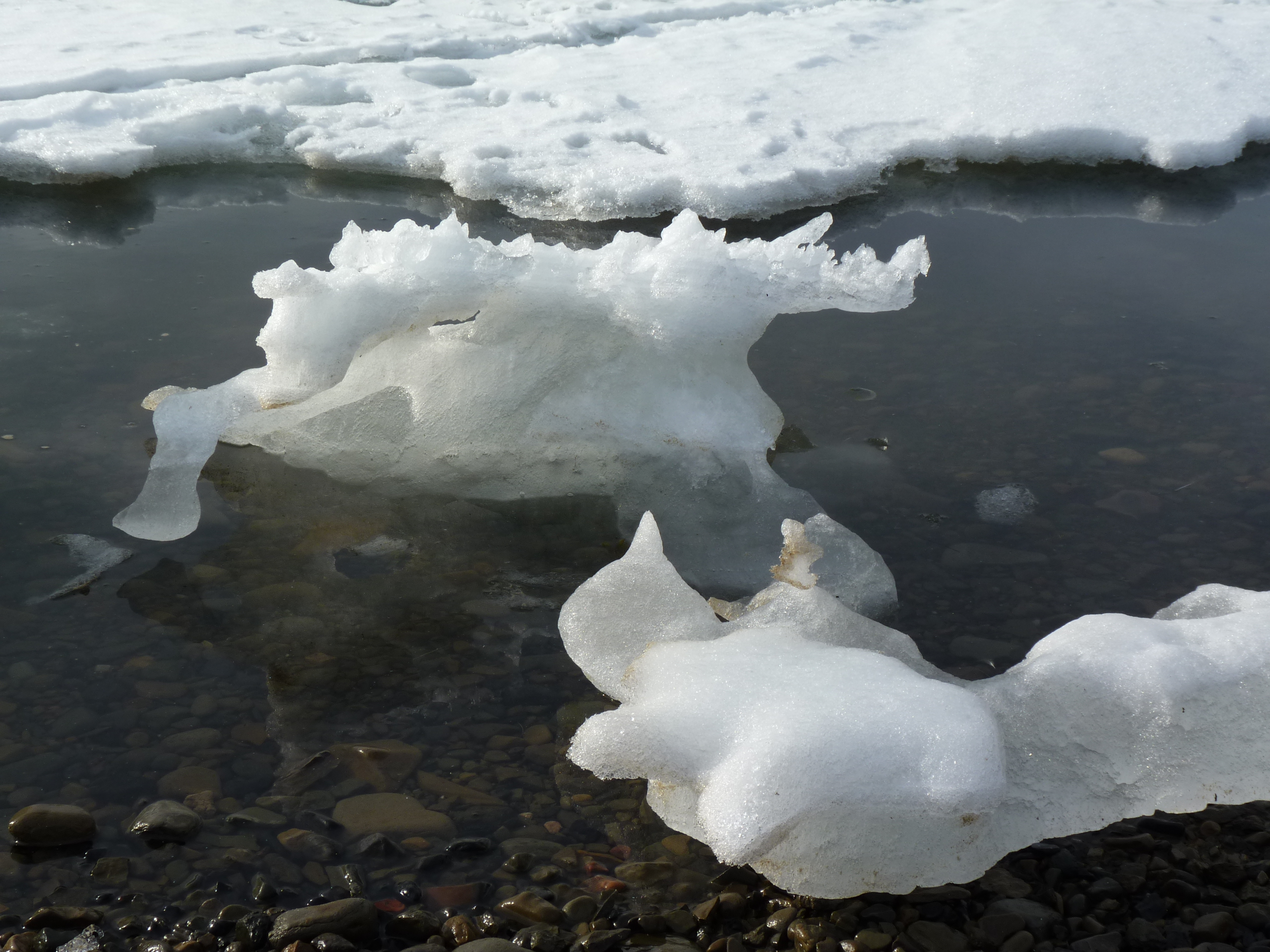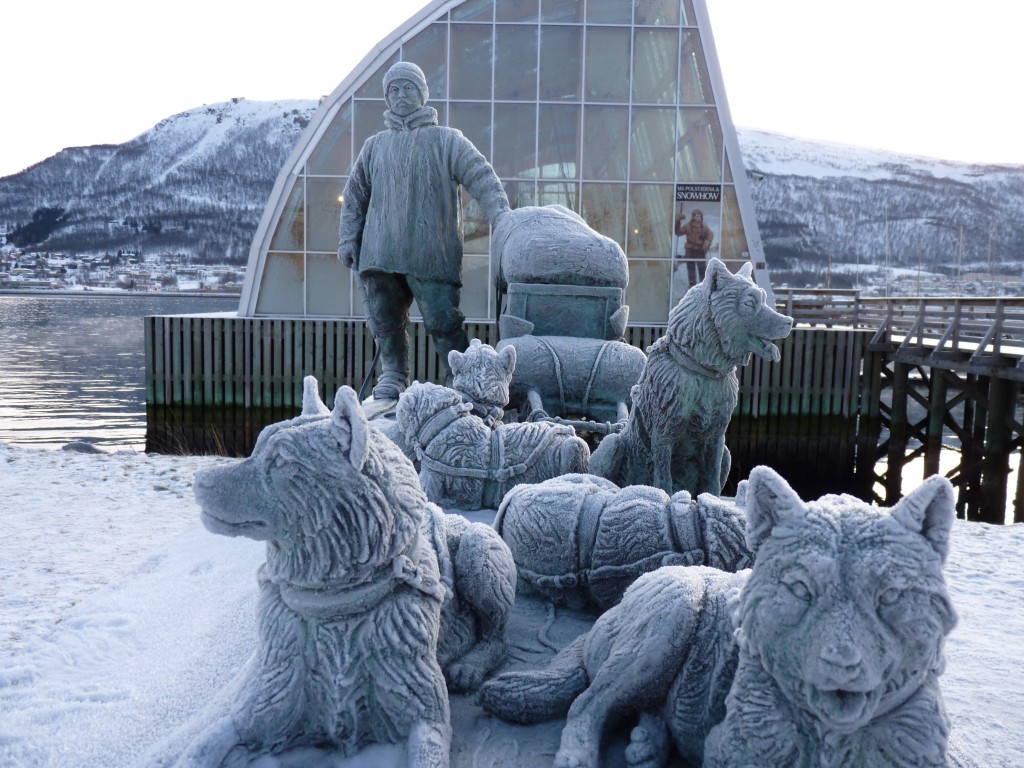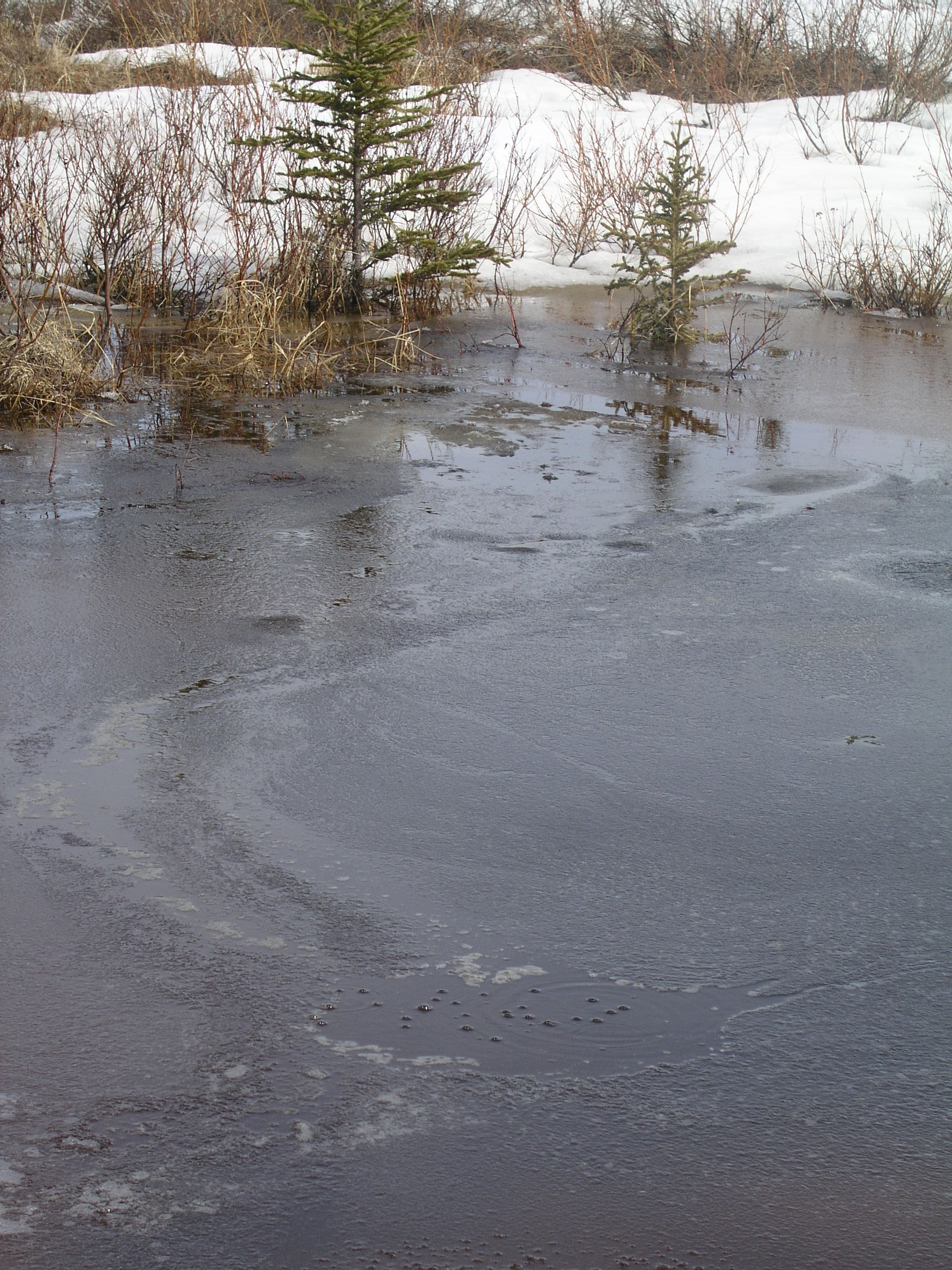Search Results for Tag: Juneau
Arctic Council: business as usual with USA under Trump?

Dwindling sea ice (Pic: I.Quaile)
As the USA comes to the end of its two-year Chairmanship of the Arctic Council, the organization’s “Senior Arctic Officials” met in Juneau, Alaska, last week to prepare for a final ministerial meeting in Fairbanks in May 11th, before Finland takes over the chair. US Ambassador David Balton is currently Chair of the SAO. At a press briefing in Juneau on Friday, it comes as no surprise that one of the questions that interested journalists most was how US Arctic policy might change under the Trump administration and whether that was already happening.
Climate skeptics at the helm?
Given that the Arctic is one of the regions of the globe being affected most rapidly and dramatically by climate change, it does not seem unrealistic to imagine that the climate skeptical views of President Trump and some of his key advisors will have more than just a little impact on the high north.
President Trump’s environment chief Scott Pruitt recently hit the headlines when he again denied that global warming is caused by fossil fuel emissions. The incoming head of the key Environmental Protection Agency (EPA) told the American television channel CNBC he “would not agree” that carbon dioxide from human activity was the primary cause of global warming.
When Pruitt was attorney general in Oklahoma, he helped sue the EPA 14 times. He told CNBC that “tremendous disagreement” remained over human impact on the climate and said the Paris accord amounted to a “bad deal.”
When the foreign ministers of the eight Arctic Council states get together in May, it is US Secretary of State Rex Tillerson, former CEO of the energy giant EXXON, who should be the man in the chair. One of the three priorities of the US chairmanship has been climate change. An interesting combination. So will the ex fossil fuels chief be there?
“We have recommended to Secretary Tillerson that he attend the Arctic Council Ministerial. He is the Chair of the Council. We don’t have a decision yet, as Secretaries of State are busy people. But the last three times the Arctic Council met at the ministerial level, a US secretary of state attended. So it’s my hope that he will come. Certainly the government and people of Alaska would like him to be here.”

Polar exploration – close to the Arctic Council secretariat in Tromsö, Norway (Pic. I.Quaile)
Continuity or change of direction?
Drastic budget cuts affecting climate and environment and changes in personnel at the State Department and elsewhere in the administration were also on the agenda at the Juneau briefing (which was joined online by journalists around the world). So how is this affecting the work of the Arctic Council?
“So far I see no direct effect on participation in the Arctic Council either in the lead-up to our own ministerial or beyond, but the picture is not entirely clear yet,” said Balton.
“So far”, and “not yet” seem to be key words.
When it comes to whether and if so how US participation in the Arctic Council and US goals and priorities relating to the Council and to the Arctic have changed or may change under the Trump administration, Balton expressed optimism about continuity:
“I have been working on Arctic issues for the US government for the best part of 20 years. And what I can say is that US interests in the Arctic and our goals and objectives for the Arctic have not changed appreciably over time. There was a first statement of US Arctic policy issued during the Presidency of Bill Clinton. It laid out 6 basic goals of our nation in the Arctic. When George W. Bush became our President, they reiterated those very same goals, in the context of another Arctic policy statement that was put out. And when Barack Obama became President there was a question of whether the Bush administration policy would stand. And it did. It was reaffirmed during the Obama administration. And we built on top of the policy something known as the national strategy for the Arctic region. What all these documents have in common is more important than what separates them.”
Balton did accept that there had been changes of emphasis, but not in the fundamental view.
“The real interests of the United States in the Arctic have very much to do with the state of Alaska and its needs and interests, and keeping the Arctic a peaceful stable place is certainly a non-partisan issue in the United States.”

Frozen waves at Barrow, Alaska. (Pic: I.Quaile)
America first in the Arctic?
Presumably, as long as this fits with President Trump’s “America first” policy, all will be well. The question is how that plays out when other major Arctic players put the interests of their own countries first.
“One Arctic” was the overall theme of the US Chairmanship over the last two years. But when it comes to reconciling the geopolitical not to mention economic interests of Arctic states, cooperation might just become a little more tricky.
In September 2016, the International Security Advisory Board (ISAB), a Federal Advisory Committee established to provide the Department of State with a “continuing source of independent insight, advice, and innovation on scientific, military, diplomatic, political, and public diplomacy aspects of arms control, disarmament, international security, and nonproliferation” published a “Report on Arctic Policy” in response to a request to “undertake a study of Russia’s interests, intentions, and capabilities as it has been increasing its presence – both military and civilian – in the Arctic.”
Interesting times ahead.
The wind of change?
So far, the new administration has not turned its attention to the Arctic in particular, Balton told the journalists:
“There have been signals about climate change policy, but even those are not – at least not to me – clear yet. We do know that the Finns intend to highlight the Paris Agreement as part of their chairmanship program, but they have many other aspects they hope to highlight as well, including the sustainable development goals that the United Nations has announced.”
It remains to be seen whether the Trump administration will keep to the Paris Agreement or not. And when it comes to sustainable development in the Arctic, clearly changes in the climate will play a key role.
Between now and the end of the US Chairmanship of the Arctic Council in May, it looks as if Balton and his team will be able to carry on with “business as usual”.
“So the US Arctic Council Programme was developed in the last administration, and is just coming to fruition now. Of course we are in touch with the new administration, which I’m a member of, and for the most part now our guidance is to keep doing what we’re doing. That could change between now and May, but I don’t actually expect it will.”
The question will be what happens after that.

Methane bubbles escape from melting permafrost lake in Alaska (Pic. I.Quaile)
Long-term strategy
The Arctic Council has committed to developing a long-term strategic plan. “One of the things I felt strongly about when the US took over was that we needed to get the Council as a whole to be thinking in more than two-year increments”, Balton said. “Many of the issues concerning the Arctic are longer term. And the Council must find a way to think in longer-term. So that will happen. I expect two years from now we will be finalizing the long-term strategic plan for delivery to ministers in 2019, and probably look ahead at least ten years. “
So what effect will the change of US administration have on that? Some of the journalists listening to the briefing seemed skeptical about the idea that nothing appears to have changed, although the new new administration has hugely different policies. Again, this could well be just a matter of time:
“I think it’s fair to say that there has been no fundamental change in the way that the US is participating in the AC yet. This administration like past administrations may wish to put its own stamp on US Arctic policy. That may occur at some point. But it has not happened yet.”
Monitoring a rapidly changing Arctic
In response to a question about ocean acidification, the US ambassador described the increase in ocean acidification by 30% worldwide as “staggering” and said it was quite clearly caused by CO2 emissions.
There are not enough platforms in the Arctic to monitor this fully, he said, describing it as “one of our ambitions” to change that.
That brings us back to the crucial role played by US bodies, especially the National Oceanic and Atmospheric Administration (NOAA) and the National Aeronautics and Space Administration (NASA) in monitoring the planet.
Today, more than thirty leading Florida scientists published an open letter to President Trump, coming out strongly against White House’s proposed cuts to the earth sciences programs at NASA and NOAA. They call on the President to recognize climate change and resulting sea level rise, which is, of course, of existential importance to Florida in particular.
Concern is mounting in the scientific community that the new administration will try to silence efforts to educate the public on climate change.
Christina DeConcini, Director of Government Affairs at the World Resources Institute, whom I interviewed recently about the Trump administration’s climate and environment policies, said in a statement on today’s letter:
“The proposed budget cuts are an affront to the integrity of science and a large body of crucial work on the impacts of climate change that increasingly damage the United States. As the most vulnerable U.S. state to sea level rise, Floridians know this very well; it persistently threatens their infrastructure, communities and homes.
“Research from NOAA and NASA is foundational for assessing and effectively responding to disruptive flooding and costly extreme weather damages.”

Satellite data is revolutionizing our knowledge of ice. (Pic. I.Quaile, Tromso)
Science first
In the letter, the scientists write:
“American scientists have historically been at the forefront of scientific discoveries and innovation. America should invest heavily in our effort to understand our homeplanet and be aware of how physical changes will impact industry and society.”
They make a powerful plea for continuing support for NOAA and NASA:
“NASA and NOAA Earth science programs monitor and understand changes in our water resources and our soil. They track the conditions that affect the food and medicines we get from the oceans. These conditions impact agriculture, our military, businesses, and major industries. It is imperative to support programs that explore our planet – at NOAA and NASA and across the government. The work of NOAA and NASA is vital to life on Earth and must be continued”, the scientists write.
“NASA and NOAA’s work capture the history and the present state of the oceans, land, fresh water bodies, and atmosphere. They make it possible for us to observe changes to the planet we live on, from the vantage point of space.
For example, NASA satellites are responsible for providing the first global measurements of aerosols in our atmosphere and for understanding ozone. NASA satellites from the GRACE and ICES missions discovered unexpected rapid changes in Earth’s great ice sheets (…)”
So there we have it. Ultimately, the work of the Arctic Council cannot be separated from the issue of climate change and scientific monitoring.
Perhaps it was fortunate that the US Presidency of the Arctic Council coincided with the Obama period in office, where some decisions were taken in the interests of the region.
It will be up to Finland to direct operations for the next two years, from May onwards. But, clearly, regardless of what happens in the Arctic Council, the overall policy of the new US administration will have a key impact on what happens in the Arctic.
The latest SWIPA, (Snow, Water, Ice and Permafrost in the Arctic) report on the cryosphere will be presented to the ministerial gathering in May. It is unlikely to make happy reading. Climate change will have to be a major factor. And given the Trump administration’s policies so far on that issue, the work of the Arctic Council will not be able to carry on regardless.
















Feedback